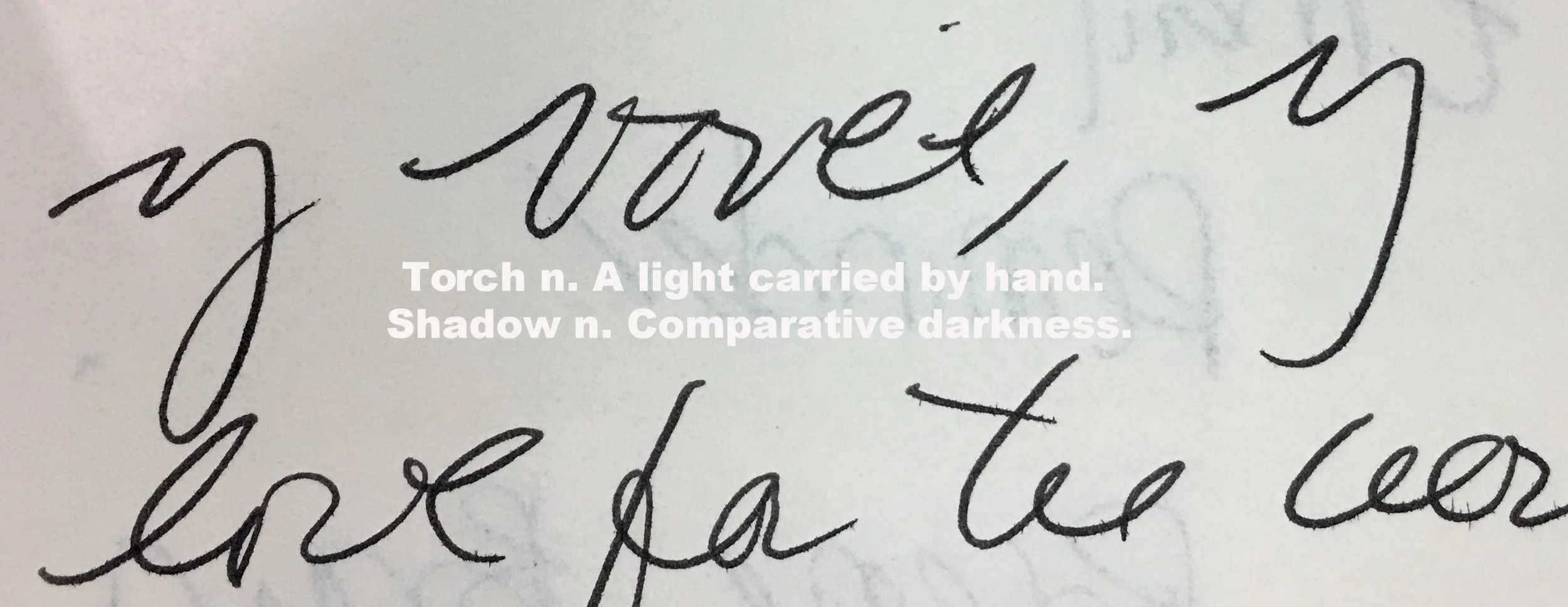A willow branch fell onto the creek bank next to my boulder. It may have happened while I sat there. At any rate, I turned around and saw it, and was reminded of the other branch, the one that fell a year ago just downstream. All this long year I watched it grow, red roots reaching into the creekbed and whippy stalks straight up out of the water and towards the sun.
I climbed over the huge cedar logs that dam the creek and looked downstream.
Just a bare, woody branch. The leafy stalks are gone. So are the roots, stripped away by the fierce rush of winter’s rain.
I am grateful that I was reminded to look.
So much has happened in the week I have been gone. The curtain of green has descended in a rush. I came home and all has changed. Like the vine maple, whose unfolding leaves are like a million green handkerchiefs all being dropped at the same time. Where did they all come from? I'll tell you. Because, I read an article today about how scientists know now that trees share carbon through their roots and the "wood wide web" of intelligent fungal filaments that connect everything. We knew that they share nutrients, and immune systems… but carbon! That’s bread, baby. That’s money. (As Vince Vaugn would say.)
It’s a lot more shocking, apparently.
So now, there's some discussing going on about how trees may be more cooperative and "socialist" than we once believed, the richer trees maybe sharing with the poorer ones. The evergreen subsidizing those handkerchief-dropping maples. (Would they be using that word, socialist, if it weren't for Bernie? I wonder…)
This is beautiful, of course, but the part of the article that struck me hardest was so much more fundamental: that when trees breathe in CO2, those very carbon molecules are what they refashion into their leaves, trunks and roots. It's obvious. I know. I know trees are made of carbon. I know they inhale carbon dioxide. But I feel somehow as if I have simultaneously put two and two together and also seen behind the magician’s screen. It is one of the miracles of nature, of this marvelous marriage of science and magic, that I can see the mechanics of the trick and still be entirely bowled over by wonder. That air becomes this flesh... this small storm of green handkerchiefs, this weeping of willow leaves, which I drag into the lee of my boulder. I tuck the woody part of the willow into the water, under the bank. The tender parts will be wet enough to root throughout the dry part of the year. Willows hold down banks; they make places. They sink into mud and make it still, they pull the moving carbon from the air and make it solid. They lean into the current of spring, summer, fall, and maybe convert enough carbon to survive winter and sink deeper again. If not, well, another branch will fall, pulled from the air to earth, preparing to make the world new again.

